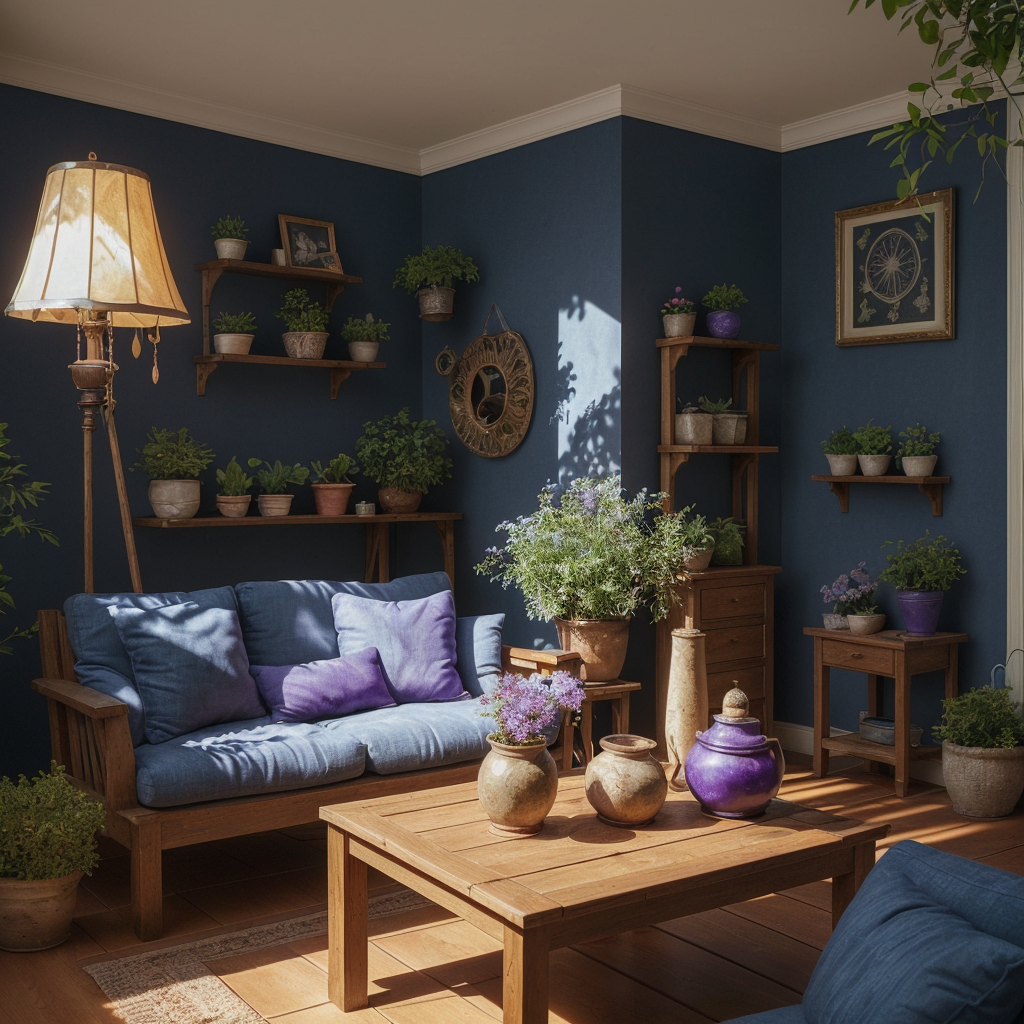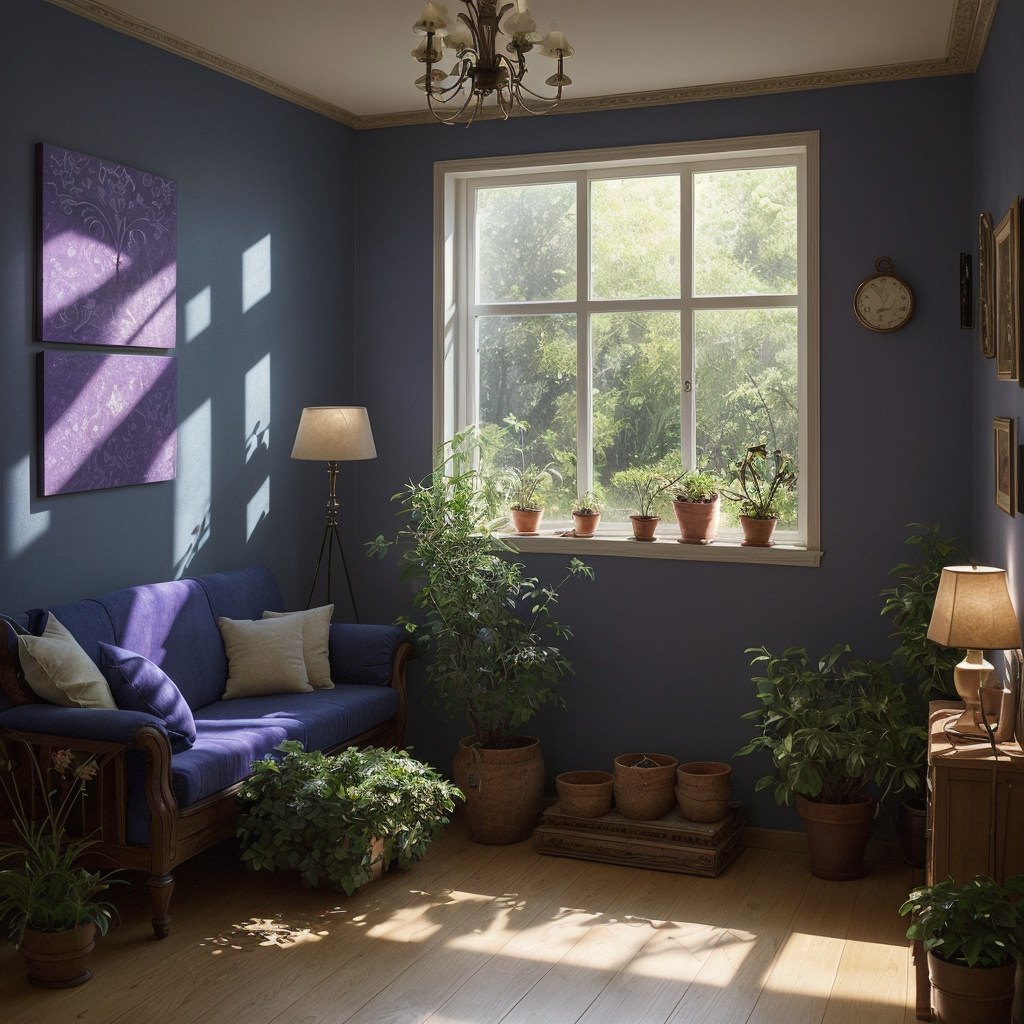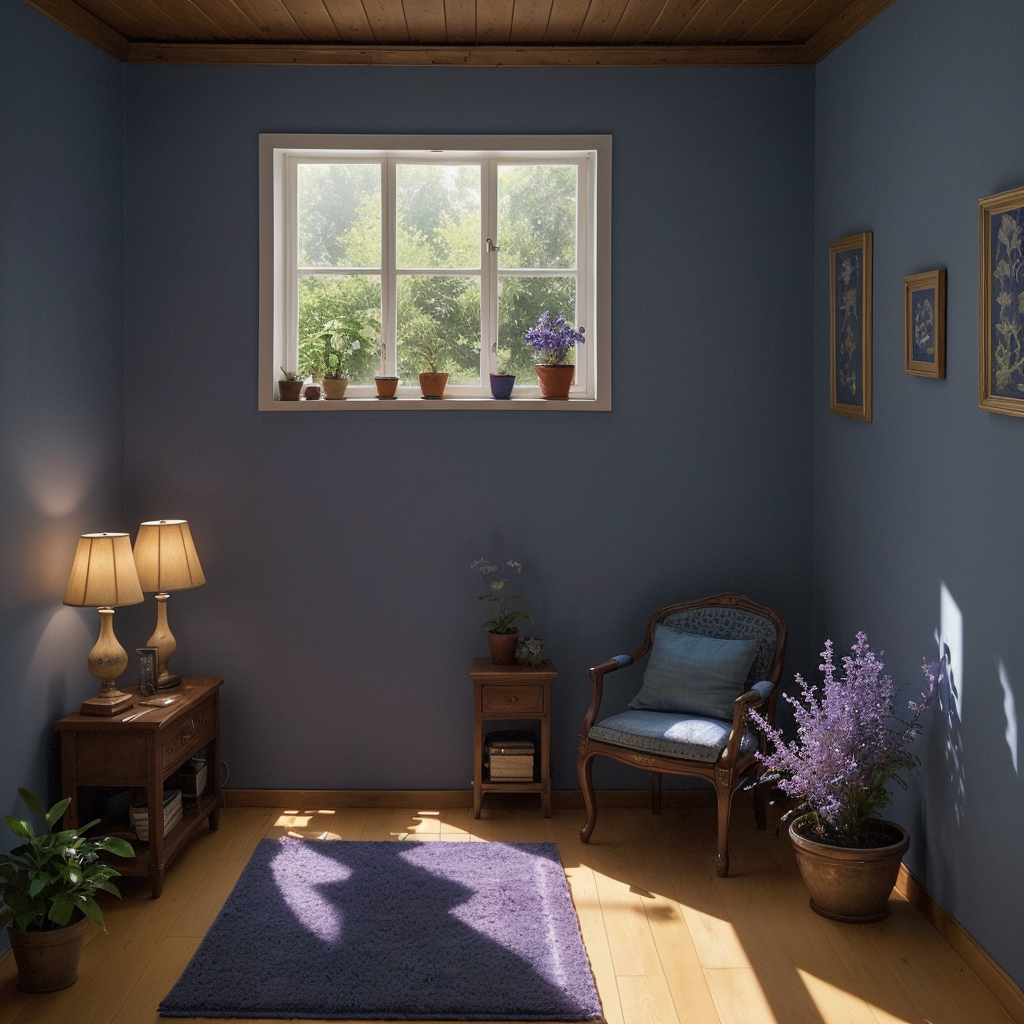When it comes to color, the details matter. Subtle shifts in hue can evoke different emotions, change perceptions, and dramatically impact design outcomes. Today, we’re diving into an in-depth comparison of two colors that often cause confusion: indigo and violet.
Indigo vs Violet: A Color Comparison
First, let’s get a clear understanding of what indigo and violet are. Both are on the cooler end of the color spectrum, but they have distinct characteristics.
Indigo is a deep, rich color that sits between blue and violet in the color spectrum. It’s named after the indigo dye derived from the plant Indigofera tinctoria and other species of Indigofera.
Violet, on the other hand, is a medium to light purple color that leans towards blue. It’s named after the violet flower and is closer to blue on the color spectrum than it is to red.
When placed side by side, the differences between indigo and violet become more apparent. Indigo appears darker and deeper, while violet presents a lighter, more ethereal quality.

The Symbolism of Indigo and Violet
Colors aren’t just about visual appeal; they carry symbolic meanings that can influence our emotions and perceptions.
Indigo is often associated with depth and stability. It symbolizes wisdom, intuition, and spiritual insight, making it a popular choice in spaces dedicated to introspection and calm, like yoga studios or reading rooms.
Violet, meanwhile, is traditionally associated with royalty, luxury, and power due to its historical connection with wealthy and influential figures. It also represents creativity, mystery, and magic, adding a touch of the fantastical to any design.

Indigo and Violet’s Impact on Design
Now, let’s explore how indigo and violet can be used in design and the impacts they can have.
Indigo, with its depth and richness, can create a sense of calm and focus in a design. It’s excellent for backgrounds or large color blocks in a design, providing a stable foundation for other colors to shine. For example, a website with an indigo background might feel intuitive and user-friendly.
Violet, with its lighter, more whimsical feel, can add a touch of elegance and creativity to a design. It can be a great accent color, adding pops of interest in a design without overwhelming the viewer. A violet call-to-action button on a website, for example, could draw the eye and encourage engagement.
When used thoughtfully, both indigo and violet can create compelling, engaging designs that not only catch the eye but also evoke specific emotions and reactions.
In conclusion, while indigo and violet may appear similar at first glance, they each have unique characteristics that can be leveraged in design. Understanding these differences and their symbolic meanings can help you make more informed decisions in your design work, leading to more impactful and resonant outcomes. So next time you’re debating between indigo and violet, remember: the devil is in the details!

